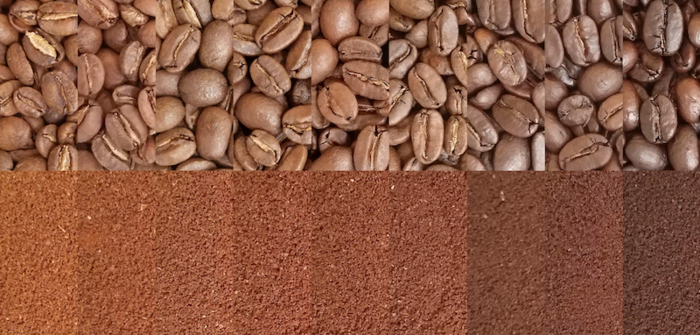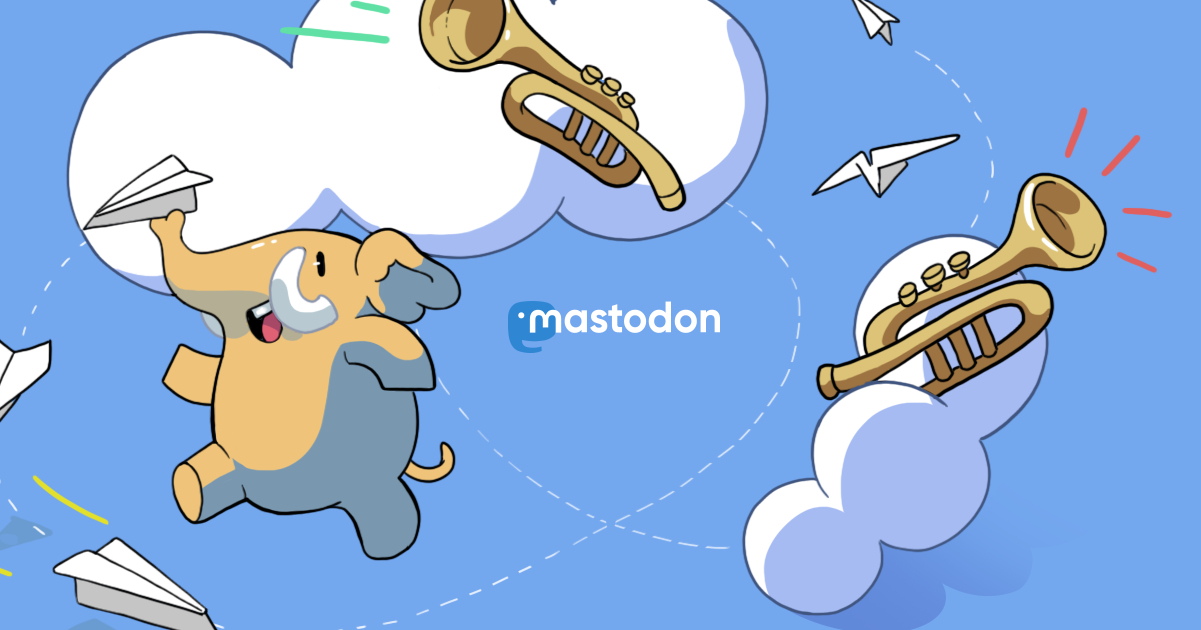
Today I got an email from someone working on organizing the next event I'm teaching at asking if a specific machine would be a good fit for the classes. My lengthy reply basically boiled down to saying the machine can theoretically be used to meet the objectives of the classes I'm involved with but none of the station instructors will be both willing and competent to use it in that capacity.
@toast @cwebber Relevant Comic (via twitter https://twitter.com/system32comics/status/1190699848825102336?lang=en )
USPS claims to have delivered 4 of 6 boxes of Roasting Styles Exploration Kit that got mailed. One had a failed delivery attempt and the other is going to Canada and will take a while because of that. Shop's web site is updated with a new coffee from Brazil and removal of a coffee from Peru which I can't roast any more of (some is still available in shop).
Given that only 8 of the Roasting Styles Exploration Kit boxes were made and there's some good information inside, I've decided to share the PDF. Here it is:
2 boxes of Roasting Styles Exploration Kit have been packed. A missing word in the write up included with each box has been corrected (I wonder if anybody getting one of the first 6 will mention noticing that). I just need an outer label and a price to see if anybody local is interested in buying those. Once those two are gone, that's it. I'm not making more unless I can expect to move at least 10 of them.
Today I took 6 boxes of Roasting Styles Exploration Kit to the post office. I have enough coffee to maybe make up 1 or 2 more boxes, but if I need more than that I'd have to roast more coffee so I'd want to know I had demand for a bunch of boxes before doing that to avoid wasting a lot of coffee I could otherwise sell as normal product.
Waiting on the heat sealer before assembling my prototype of the Roasting Styles Exploration Kit. It includes a half pound each of three different approaches to roasting a single coffee along with an 8 page write up with technical details on each batch and how those were derived from the initial exploratory roast.
It's a nice enough example that I'm considering possibly writing up a little booklet and doing a gift pack: maybe half a pound from each roast and optionally a couple pounds of the green so that home roasters can try the coffees, read the info, and either try to replicate their favorite or improve on the results for their own preferences.
The point of this is that all of these are roasts that different companies might reasonably choose to sell depending on how they see this coffee fitting into their product line and the same methodology can be applied to get to each of these very different results.
Exterior degree of roast has about 10 points between the different roasts (53.5/43.5/32.7), interior colors are similar except there's a much wider spread on the light roast (64.8/46.9/33.3).
The light roast does the whole consistently (though slightly) declining rate of temperature change throughout and there's a pleasant acidity to the coffee. More of a juicy sweetness than a candy sweetness.
For the medium roast (4°F hotter than start of 2nd crack for end temperature), I really stretched time while the coffee is yellow to push the sweetness and the result is that even just smelling the brewed coffee you might think someone added honey to it. The rate of temperature change consistently and slightly increases throughout the roast and the result is nicely balanced.
- Software
- https://typica.us
- Send Money
- https://typica.us/payment.html
Author of Typica software for coffee roasters.
